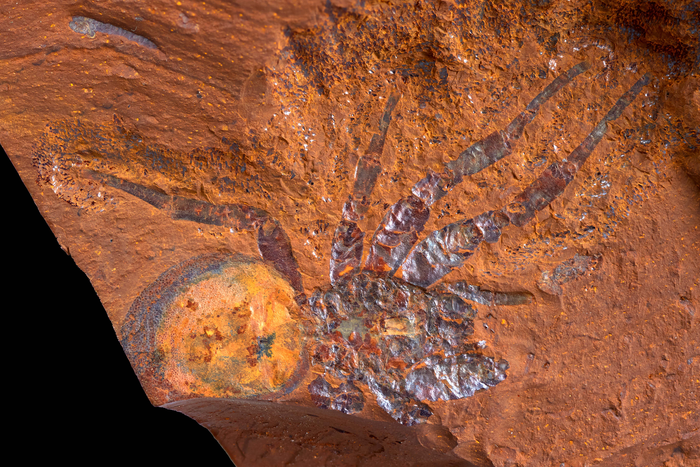New fossil site in dry Australian outback reveals region was once home to ‘abundant’ rainforest
Fossils also reveal evidence of interaction between species that lived during this period 11 to 16 million years ago

Your support helps us to tell the story
From reproductive rights to climate change to Big Tech, The Independent is on the ground when the story is developing. Whether it's investigating the financials of Elon Musk's pro-Trump PAC or producing our latest documentary, 'The A Word', which shines a light on the American women fighting for reproductive rights, we know how important it is to parse out the facts from the messaging.
At such a critical moment in US history, we need reporters on the ground. Your donation allows us to keep sending journalists to speak to both sides of the story.
The Independent is trusted by Americans across the entire political spectrum. And unlike many other quality news outlets, we choose not to lock Americans out of our reporting and analysis with paywalls. We believe quality journalism should be available to everyone, paid for by those who can afford it.
Your support makes all the difference.An analysis of a vast new trove of fossils in the Australian outback suggests the region was once home to a temperate rainforest teeming with life.
An international team of scientists was alerted to the site in New South Wales after a local farmer said he had discovered fossils in one of his paddocks that turned out to be from prehistoric leaves.
Working over three years, the researchers including Matthew McCurry from the University of New South Wales (UNSW) unearthed the fossil remains of a “rich and abundant” rainforest from about 15 million years ago, with the thousands of specimens including plants, trapdoor spiders, giant cicadas and wasps.
The site, which researchers have named the McGraths Flat, has been unveiled to the world in a paper published on Saturday in the journal Science Advances.
“The fossils we have found prove that the area was once a temperate, mesic rainforest and that life was rich and abundant here in the Central Tablelands,” Dr McCurry said in a statement.
“Until now it has been difficult to tell what these ancient ecosystems were like, but the level of preservation at this new fossil site means that even small fragile organisms like insects turned into well-preserved fossils,” he added.
The fossils reveal evidence not only of the individual species that lived during this period 11 to 16 million years ago, but also the interactions between species.
“For instance, we have fish stomach contents preserved in the fish, meaning that we can figure out what they were eating. We have also found examples of pollen preserved on the bodies of insects so we can tell which species were pollinating which plants,” Dr McCurry explained.
This time period was part of the planet’s Miocene epoch – about 23 to 5 million years ago – when the Australian continent had separated from Antarctica and South America and was drifting northwards.
While there was enormous richness and variety of plant and animal life in Australia when the Miocene began, the researchers say around 14 million years ago an abrupt change in climate known as the “Middle Miocene Disruption” caused widespread extinctions that led to the continent becoming more and more arid.
Based on the discovery of melanosomes – cell components that store the melanin pigment – the researchers could also reconstruct the colour pattern of birds and fishes that once lived in a section of the fossil site.
The specimens were found within an iron-rich rock called “goethite”, not usually thought of as a source of exceptional fossils, and the researchers believe the process that turned these organisms into fossils is key to why they are so well preserved.
“Our analyses suggest that the fossils formed when iron-rich groundwaters drained into a billabong, and that a precipitation of iron minerals encased organisms that were living in or fell into the water,” Dr McCurry noted.
A billabong is an Australian term for an isolated pond left behind after a river changes course.
While the preserved plant and animal remains unearthed in the site were similar to those found in rainforests of northern Australia, the researchers said there were signs that the ecosystem was beginning to dry.
“Australia is the most unique continent biologically, and this site is extremely valuable in what it tells us about the evolutionary history of this part of the world,” Australian Museum’s chief scientist Kristofer Helgen said in a statement.
“It provides further evidence of changing climates and helps fill the gaps in our knowledge of that time and region,” Dr Helgen added.
Join our commenting forum
Join thought-provoking conversations, follow other Independent readers and see their replies
Comments